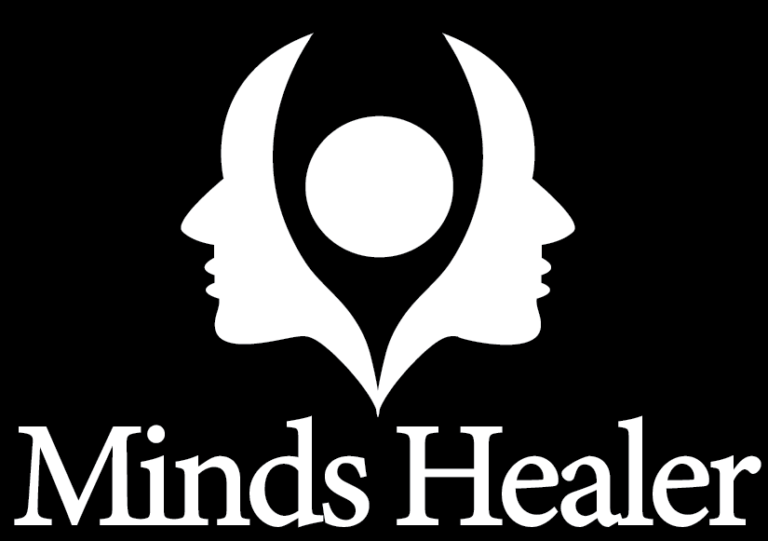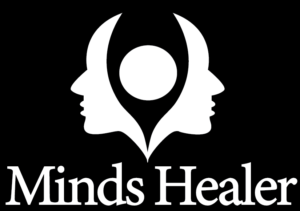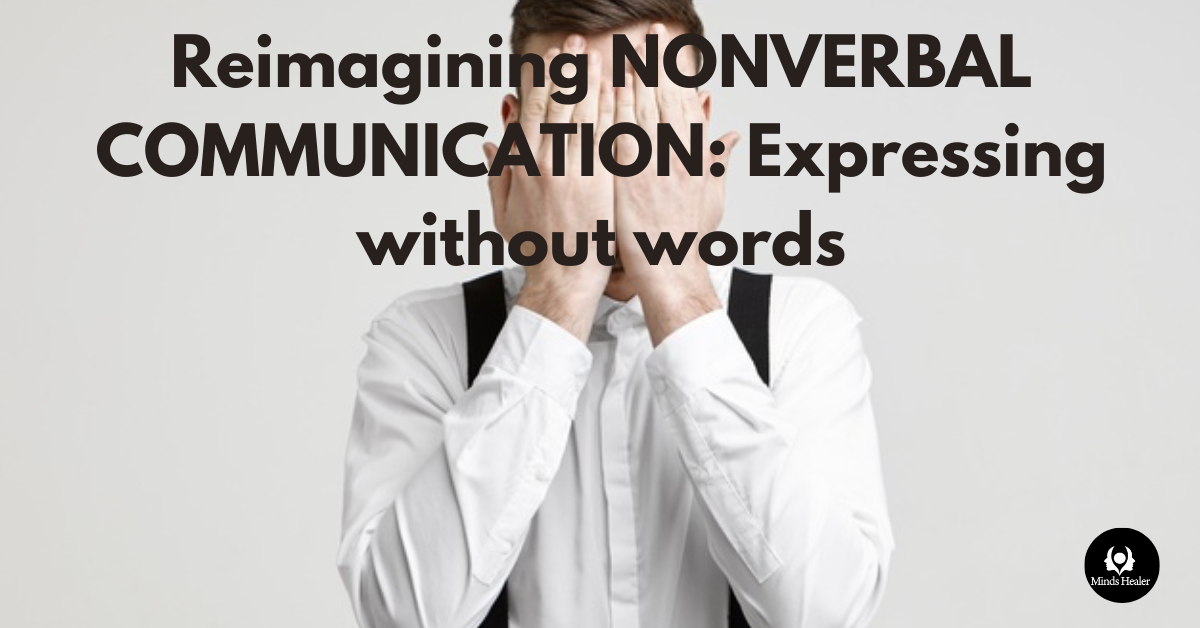WHAT IS NON-VERBAL COMMUNICATION

Nonverbal communication is the process of sending and receiving messages, i.e. transferring messages without the usage of words, either spoken or written. And that is the reason why we have emphasized on NONVERBAL COMMUNICATION: Expressing without words. The term nonverbal communication was first introduced by psychiatrist Jurgen Ruesch and author Weldon Kees, in 1956, in the book “Nonverbal Communication: Notes on the Visual Perception of Human Relations.”
It majorly includes facial expressions, postures, gestures displayed through body language (kinesics) and the physical distance between the communicators (proxemics), the tone and pitch of the voice.
The study and research of nonverbal communication started in 1872 when Charles Darwin’s work named ‘The Expression of the Emotions in Man and Animals’ was published. He began to study nonverbal communication as he noticed the way animals such as lions, tigers, dogs etc. interact. This is when he realized that they also communicated through gestures and facial expressions. This was the first time, nonverbal communication was studied and its relevance was questioned.
Non-verbal signals can give additional information and meaning over and above verbal communication. Some estimates even suggest that around 70 to 80% of communication is non-verbal and one of them is given by Ray Birdwhistell, an American anthropologist.
It is different from person to person and especially from one culture to another. Cultural background influences the way an individual uses non-verbal cues, as many forms of non-verbal communications like signs and signals are learned behavior.
Communication is the building and maintaining factor in any kind of relationship. In close relationships, a deep understanding of nonverbal cues might facilitate greater closeness and strengthen bonds, especially when it complements what is actually being said by one partner in a relationship.
TYPES OF NON-VERBAL COMMUNICATION
- Body movements (kinesics), include elements like shaking or jerking the head, hand gestures, or nodding which can be easily assessed.
- Eye contact, helps in determining the level of trust, thus it a very important element. It also reflects the kind of relationship or bond two people share.
- Posture is the way you sit, stand, or carry your body. This includes, whether your back is straight or you’re leaning towards the table, whether your arms are crossed, whether your knees are bent etc.
- Para-language refers to the components of voice except for speech, such as the tone, pitch, volume, and speed of speech delivery
- Closeness or personal space (proxemics), determines the level of intimacy or closeness, and it varies across different cultures
- Facial expressions include smiling, frowning, blinking, staring, etc. Such expressions are very hard to control consciously. However, the broad facial expressions that show strong emotions, such as fear, anger, and happiness, are the same across various cultures and places
- Physiological changes, for example, you may sweat or blink more or experience palpitations when you are nervous. These are almost impossible to control consciously and are therefore a very important indicator of mental state.
- Haptic means communicating through touch. Researchers have found that high-status individuals tend to invade other people’s personal space with greater frequency and intensity than lower-status individuals. Sex differences also play a role in how people utilize touch to communicate meaning.
- Appearance is another form of non-verbal communication. People are judged by their appearance. Racial differences, as well as differences in clothing, tell so much about any individual.
IMPORTANCE OF NONVERBAL COMMUNICATION IN THERAPY AND COUNSELLING
Nonverbal communication is an integral part of a healthy physician-patient relationship. It helps in establishing a good rapport and connection between the patient and the therapist, necessary for a successful therapeutic relationship. Counseling practitioners have long recognized and laid emphasis on the importance of nonverbal communication in the counseling session. Many times, the nonverbal cues, such as body language and facial expressions tell us a lot more about the client than the verbal content.
Thus, nonverbal communication can be a powerful source of insight in therapy. A counselor who pays attention to a person’s nonverbal expressions, while also taking in the words actually spoken or written by the person, might be more efficient in recognizing when a person’s body language and speech do not match. He/she may also be more accurate and competent in providing the best solutions possible.
Nonverbal cues may be of great help in somatic experiencing, a form of therapy used to treat patients with traumatic experiences. This is usually done by the therapist by providing a small/minimal amount of traumatic triggers and then observing the patient’s reaction by taking into account the nonverbal cues, such as body language and physical responses. Nonverbal aspects may also play a major role in mind-body psychotherapy. It is a way to find counterproductive behaviors that have more positive effects and this is done by the therapist by examining an individual’s breathing patterns, movements, and sounds.
One key determinant of nonverbal behavior in the mental health field is taking the MSE i.e. Mental Status Examination. The mental status examination is the key element of any comprehensive psychiatric assessment and has diagnostic and treatment implications. MSE includes elements such as a patient’s baseline general appearance, behavior, affect, eye contact, and psychomotor functioning. Changes in these parameters from one session to another give important information about the patient. This is because many nonverbal behaviors arise from the unconscious and may represent a more accurate depiction of a patient’s attitude and emotional state. It is very important to consider a patient’s nonverbal behavior, especially when assessing the risk of harm to self or others.
HOW NONVERBAL COMMUNICATION CAN GO WRONG
Nonverbal communication can both be a boon or a bane, depending on the way such behaviors or cues are used. When your nonverbal signals match up and align with the words you’re saying, they increase trust, clarity, and rapport. However, when they don’t, they can generate tension, mistrust, and confusion.
Some people may have low competence when it comes to nonverbal communication. These people generally lack nonverbal encoding skills and hence, may send unclear or subtle signals which are not appropriately processed by others and hence it may lead to miscommunication
At times, nonverbal signals may even send a different message than the one you intended to send. For example, think about yawning in a class. This could make others believe that you are bored with the subject. However, in reality, you could just be really tired from the night before or it could even be both situations.
Misinterpretation of nonverbal signals could also take place because of differences in culture. Different countries have their own culture. Their background history affects their lifestyle, such as language, religion, food, fashion, and ways of communication. Thus it is really important that nonverbal signals are decoded the same way they were encoded, and they must also be congruent to an individual’s verbal signals.
Please visit our website to read more related blogs!
REFERENCES
https://www.skillsyouneed.com/ips/nonverbal-communication.html
https://courses.lumenlearning.com/suny-realworldcomm/chapter/4-3-nonverbal-communication-competence/



